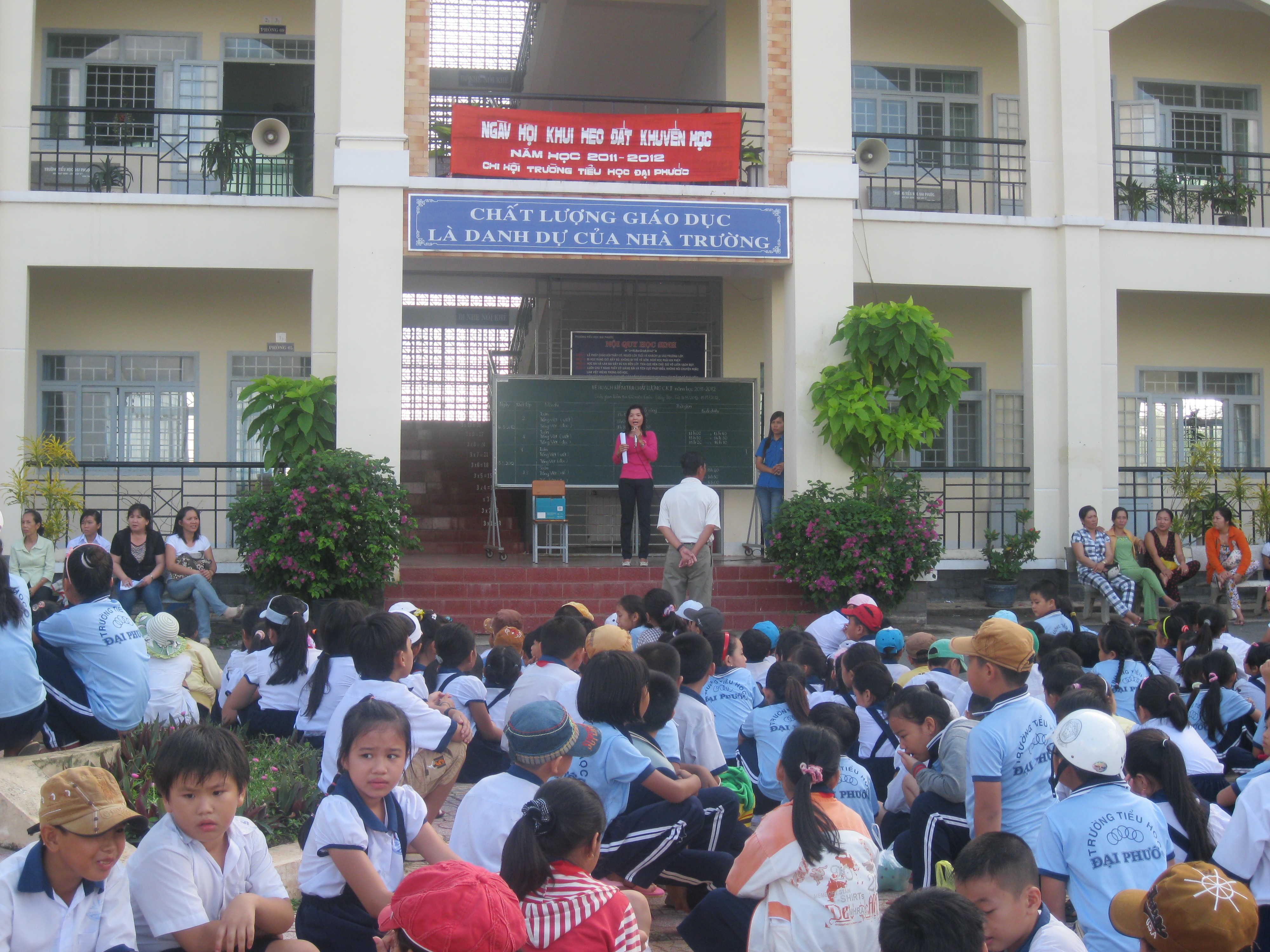In terms of the commune’s current economic
structure, agriculture and services play a key role and the small industry and
handicrafts occupy a small proportion. In the future, along with the development
of Nhon Trach New City and the formation of the tourist urban area of Ong Con
island in Dai Phuoc the number of non-agricultural workers will increase, which
contributes to gradually increasing the proportion of industry and services.
Now, people’s main source of income comes from agriculture and services. The
main crops are rice, vegetables and a few fruit trees located in residential
areas. People’s living standards are still low due to unstable agricultural
product prices, low crop yields, old varieties and gardens planted with various
fruit trees, and low proportion of livestock industry.
+ Agriculture:
Cultivation: concentrated in the fields of Ben Co
and Cu Lao hamlets. Livestock: Dai Phuoc has no concentrated place for raising
cattle and poultry and water buffaloes, pigs, chicken, ducks, and rabbits are
mainly raised in households with an average of 20 – 30 heads per household. The
area for aquaculture has increased compared to previous years, and 30 hectares
of ponds and lakes are being used to farm shrimps and fishes of all kinds
including 5.70 hectares of 14 households within economic cooperation groups,
where giant river prawns are raised)
In general, Dai Phuoc’s agricultural production is
relatively developed. Locals are sensitive to the market economy. However, the
output for agricultural products is still low.
Small industry and handicrafts: Dai Phuoc has 14
industrial and small industry and handicrafts households, which mainly operate
in milling, processing food and making wood products.
+ Services: Dai Phuoc’s services is quite
developed with 98 households doing business, 35 others offering services and 45
others offering food and drink services on a scale of families and these
business activities are concentrated in Dai Phuoc market and along DT 769 road.
.jpg)
+ Culture and education: Dai Phuoc has 1
primary school and 1 middle school that are concrete built and its middle school
has received students from other communes like Phu Huu and Phu Dong. Also, there
are model schools, markets, radio stations and libraries that meet people’s
daily needs quite well. The regional Post Office area located in the commune;
therefore, information is quick enough to be provided for locals. Up to now, Dai
Phuoc has had 470 households that have installed their own telephones with an
average number of 17 people/one telephone. Dai Phuoc is recognized to meet the
national standards for a primary school.

+ Health and sports:

Dai Phuoc has not had a stadium, but every year it
participates in the sporty movements and activities of the province and the
district such as football, volleyball, Chinese chess, marathon, swimming, and so
on and obtains a lot of achievements. Now, Dai Phuoc has 1 medical station with
1 doctor, 1 physician, and 2 nurses to well meet people’s examination and
treatment needs to implement the population and family planning program
effectively and reduce the natural population growth rate to below 1.4%.
.jpg)
Thanks to its above-mentioned conditions, Dai Phuoc
has many advantages in socio-economic development. Although Dai Phuoc’s
infrastructure is relatively complete and its agricultural sector has advantages
of rice and crops, the economic efficiency of these crops has become poor in
recent years. Therefore, to overcome this problem Dai Phuoc needs to gradually
convert inefficient and less effective crops like types of crops and one-crop
rice to other more advantageous purposes such as fishery farming and fruit
trees. Dai Phuoc’s industry, and small industry and handicrafts have not been a
strong point in its economic structure and it is necessary to promote the
development of these industries. This is also a step towards rural
industrialization and modernization. In general, the ability to create jobs for
local workers in services and handicraft industries is low.
In addition, Dai Phuoc has still had some weaknesses
such as the level of its labor force is low; its farmers have still had many
difficulties in accessing science and technology; prices of agricultural
products are low and how to find outputs for its agricultural products has not
been solved. Therefore, the State needs to further improve the propaganda system
from radio and television media, books, and newspapers; improve vocational
education, career orientation and agricultural extension for local people as
well as upgrade and develop the systems of rural transport and communication and
living conditions in accordance with the future socio-economic development
trend.
In addition, it is essential to identify varieties
of plants and animals as well as the occupations that can help create jobs and
contribute to improving people’s living standards.